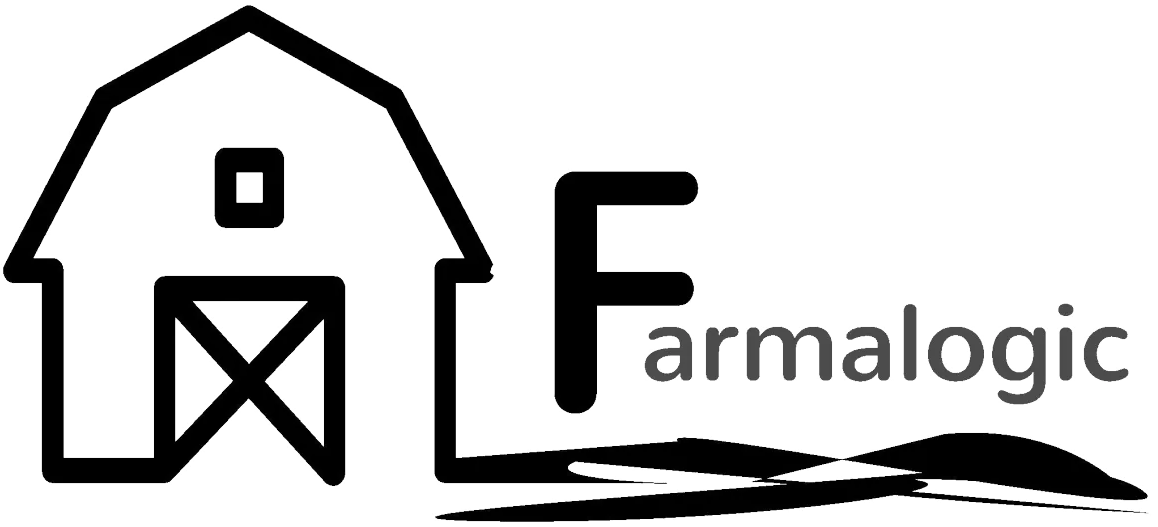Having the luxury of keeping much-loved horses through their retirement years is an honour many us happily perform for our equine friends. But their needs do change as they age, and keeping condition on older horses through winter can be a worrying problem for many horse owners.
From a nutritional perspective, it’s easy to feed to maintain body condition or achieve weight gain and there are many options – but take care of teeth, worming or other veterinary issues early and before the full stress of winter hits.
Keep them warm
The two most important things you can do for your older horses through winter are also the two easiest – keep them warm and feed plenty of hay. This is especially important if there is little grass growing in the paddocks.
The body uses energy to stay warm during cold weather and for horses with a lower body condition score, it is energy they cannot afford to lose. Providing rugs or shelters helps older and underweight horses use their energy for weight gain and maintenance.
Provide adequate roughage
Plant growth is naturally slower in winter due to longer nights and fewer sunlight hours for photosynthesis to occur. Plants also become stressed due to cold weather and frosts and drought or water-logged conditions which further restricts their growth.
As a result, there is less pasture available for our horses to graze and supplementation with hay is usually necessary. Horses need to be able to eat around 2 percent of their body weight in dry matter per day to keep their gut functioning optimally. The horse gut evolved to constantly digest a steady stream of fairly low energy, high fibre forage. When pasture is in limited supply, the best thing we can do for underweight or ageing horses is to provide them with unlimited good quality grass or meadow hay.
If your horse is overweight, has a metabolic condition or is prone to laminitis then limiting green grass and supplying them with hay weighing 1.5 percent of their bodyweight is often necessary. Slow feeder hay nets can help make their daily ration last so that they always have access to something to eat.
A bonus for older and underweight horses eating plenty of hay or grass is that fibre digestion occurs through fermentation by hindgut microbes which produces heat and has a ‘warming’ effect.
Adequate roughage usually provides enough protein to meet the daily needs of adult horses but some older horses are less efficient at digesting protein and may need a little protein as extra lucerne, clover or with full fat soy or legume products in their hard feed.
Add calories
Not all horses will get enough energy from hay and grass to maintain weight through the winter. Be prepared to increase the size of hard feeds in response to weight loss but always make sure free choice hay is available for underweight horses.
If you’re looking for something to top up a diet to put weight on you don’t necessarily need a product that says ‘weight gain’ on the bag – you only need to add more calories. This is often easiest achieved by feeding more of what you already feed. However, make sure you feed enough fibre before increasing hard feeds.
You can increase the level of energy (calories) in the diet with a cereal grain (such as oats or barley), a legume grain (e.g. lupins), a ‘super fibre’ (like beet pulp or soy or lupin hulls) or oil. Or a combination of the above.
When choosing your grain or energy source, consider the condition of your older horse’s teeth and their digestive efficiency as well as how much time and energy you are willing to put into preparation. Whole oats can be fed raw, but other cereal grains such as barley, oats, sorghum, triticale etc should be fed in a cooked form. You can boil them or buy steam flaked or micronised. You may wish to avoid the cooked grains with added molasses – just check the labelling on the bag. Some super fibres require soaking and whole lupins are also best soaked to soften the seed coat.
The amounts of energy food required depend on horse size, level of activity or breeding status, amount of energy provided by the roughage you’re using and the individual’s metabolism. Research shows that some older horses experience a decline in the function and efficiency of their digestive tracts but others seem to process feed as robustly as ever. Use of live yeast probiotics can boost the efficiency of fibre digestion by supporting the fibre fermenting gut microbes.
Click here to learn more about feeding horses for weight gain.
Equine Vit&Min supplements suitable for older horses who need extra support:
- Premium Blend – essential minerals for balance with broad spectrum vitamins and a live yeast probiotic.
- Omega-3 PLUS Premium Blend – essential minerals for balance with broad spectrum vitamins and a live yeast probiotic PLUS omega-3 fatty acids.
- TropiCAL PRO – essential minerals for balance including extra calcium and salt with broad spectrum vitamins and a live yeast probiotic – for horses grazing high oxalate pastures.
- Farmalogic Rejuvenate – prebiotics and probiotics for extra gut support during times of stress.
Click here to find out more about the best mineral supplements for horses grazing New Zealand pastures.




